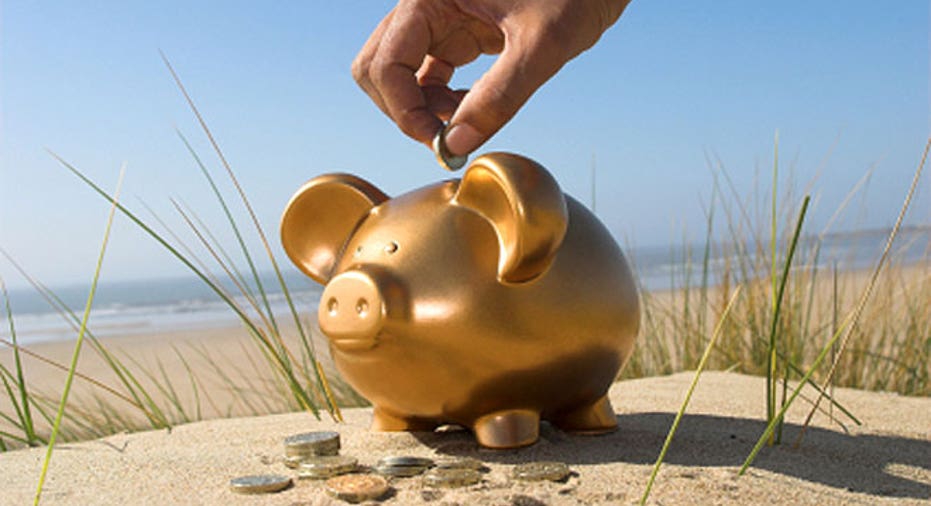Linked Savings Accounts Tied to Bank Perks

Everyone has heard of hybrid cars, but what about a hybrid banking product: linked savings accounts?
These accounts, though still rare, link a savings account to a certificate of deposit, checking account or even debit card. The lure is greater access to your savings or higher interest rates -- sometimes more than 6%.
Like many linked savings accounts, there are restrictions and caveats that sometimes can be complicated -- but lucrative, experts say.
Take Massachusetts-based Marlborough Savings Bank's Hybrid Savings, a cross between a savings account and a CD. By keeping a minimum balance of $25,000, your rate is bumped up from the interest rate on a regular savings account. You can make unlimited deposits, and you get one free withdrawal per month, Marlborough Savings Bank e-branch manager Jamie Belmore says.
And BECU, a credit union based in Seattle, has its Member Advantage Savings account. It links to a Member Advantage Checking account in exchange for higher yields. As of mid-August, members were earning a solid 4.07% on the first $500 in their checking and savings accounts. Above that threshold, the rates drop markedly. To qualify for the account, you must sign up for e-statements and make monthly transactions from one of the accounts, using electronic services such as online banking or direct deposit.
However, Advantage account holders also get rate increases on CDs, individual retirement accounts and money market accounts. For example, a three- to five-month CD with less than $50,000 yields 0.35% compared to only 0.1% for customers with regular accounts as of mid-August.
Read the fine print
Andrea Travillian, president of the consumer education firm Smart Step Inc. in Dallas, says higher rates could be advantageous. However, you must still do your homework, read the fine print and ask lots of questions such as: What are the fees for withdrawals; will this account work for keeping (and spending) emergency funds; and can I get higher bundled rates elsewhere?
"There are lots of what-ifs," she says.
Linked accounts also tie up assets, says Annalee Leonard, president of Mainstay Financial Group in Pensacola, Fla. Banks create more savings and checking products to attract more business or to save man-hours and money, and they don't always benefit consumers. Since their money might be held in accounts to meet a large minimum-balance requirement, the holder might find a better rate of return down the street but can't take advantage of it.
Yet another hybrid savings variation is Mango Savings, which links savings to a prepaid debit card. The savings account earns 6% in interest, though you must sign up for direct deposit. However, the rate drops to 0.1% for balances of more than $5,000.
With the Mango account, money can be shuttled back and forth between accounts via the website or a mobile app. And, you can make six withdrawals per month. "Many prepaid cards don't have the option to save," says Bertrand Sosa, president of Mango Financial. "But, there needs to be a path to saving."
Travillian says adding a debit card to a savings account can be dangerous since you may want to use it like a checking account. Instead, she advises savers to also look at online savings accounts, which are simple and straightforward, and is an account with which you can achieve a savings goal.
Regulation D: What it means
Any savings account is bound by Federal Reserve banking restrictions. Called Regulation D, this rule limits savings transfers or withdrawals to six per month or statement cycle.
With the restrictions on savings accounts, Leonard doesn't recommend lumping money into one account. Savings accounts are for saving. Checking is for spending, she says. "Keeping separate accounts helps (to) better manage money," because it's easier to track, she says. The exception would be to use automatic transfers to shuttle money from checking into savings.
Still, everyone needs emergency cash. So, Leonard prefers spreading money among diverse accounts like money markets, CDs and savings accounts. "You must always have some money ready immediately, and it should be movable," she says.
Folks with less cash flow should put more money in highly liquid accounts, like money markets, she says. But don't touch it unless you need it.